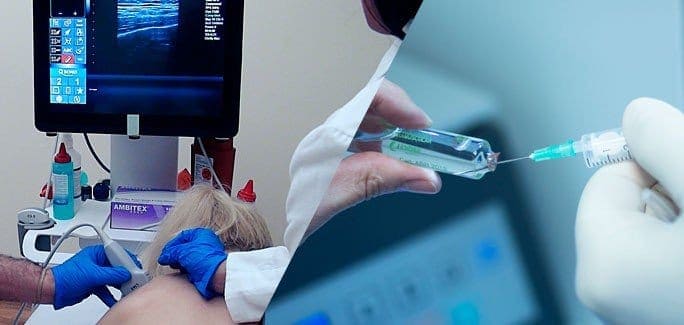If you have tried various methods to try and get a response out of your muscle or to release it and have been unsuccessful, what you should try is dry needling. In cases where a massage is ineffective, twitch response from a muscle ensures an effective release, right from deep in between the muscle.
Plus, dry needling has proven to be effective for certain muscles. Thus, if you’re experiencing pain in the following five muscles and wish to get rid of effectively, you should give dry needling therapy a try.
- Deltoid shoulder muscle Deltoid muscles are those present around your shoulder. These are divided into three; the posterior, the middle, and finally the anterior. These muscles are involved in a majority of shoulder movements. However, it is wrapped around your shoulder such that stretching these muscles are quite difficult; thus there is a high tension build-up. Consequently, knots along with trigger points tend to develop, giving rise to shoulder ache. Treating pain using traditional methods is quite difficult as the pain is severe and unforgiving. However, dry needling physical therapy gives rise to effect twitch responses. While the pain will go away, you will experience soreness in the first few days.
- Upper body muscle Known to be the biggest muscle you’ll find in your upper body, latissimus dorsi has various attachments to the rib cage, hip, and back. Tension, tightness, and rigidity in this muscle is known to be a primary reason for back pain as well as shoulder pain. Since the muscle has extensive attachments, stretching it effectively can be pretty difficult. However, dry needling can really help and remove stress and tightness.
- Knee muscles You can quickly get release from iliotibial band in the knee by releasing the TFL attached to it. Despite its small size, TFL is essentially a strong hip flexor. Due to exercises like excessive cycling and running or even sitting, the muscle gets quite tight. Excessive tightness could lead to a mis-track of your kneecap, thus resulting in knee pain. Therefore, in such cases, dry needling therapy and gluteal activation can get rid of tightness in ITB and knee pain effectively.
- Glutes Dry needling allows access to such deep places in muscles that can’t be accessed otherwise. One such muscle is called gluteus medius which can become dysfunctional in knee and back as well as hip pain. Thus, it can be said dry needling is able to reset your glutes. It also allows reloading. Consequently, you are left with well-functioning glutes that will keep ankles and hips along with back and knees protected for long.
- Calf Today, the majority experiences limited flexibility accompanied by tension in the calf muscles. Tightness in such muscles leads to cramping which eventually causes tearing. In such cases, a deep tissue massage proves to be effective; however, the pain accompanied with the massage is almost intolerable. Meanwhile, dry needling, despite being intense, is highly effective and takes only a short time. However, there will be soreness a couple of days after needling.
Perhaps the greatest therapeutic treatment option for treating pain experienced in the muscles mentioned above is dry needling. NYDNR has comprehensive and effective dry needling therapy that will surely get rid of the pain!


























































